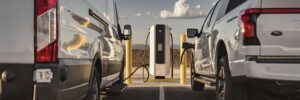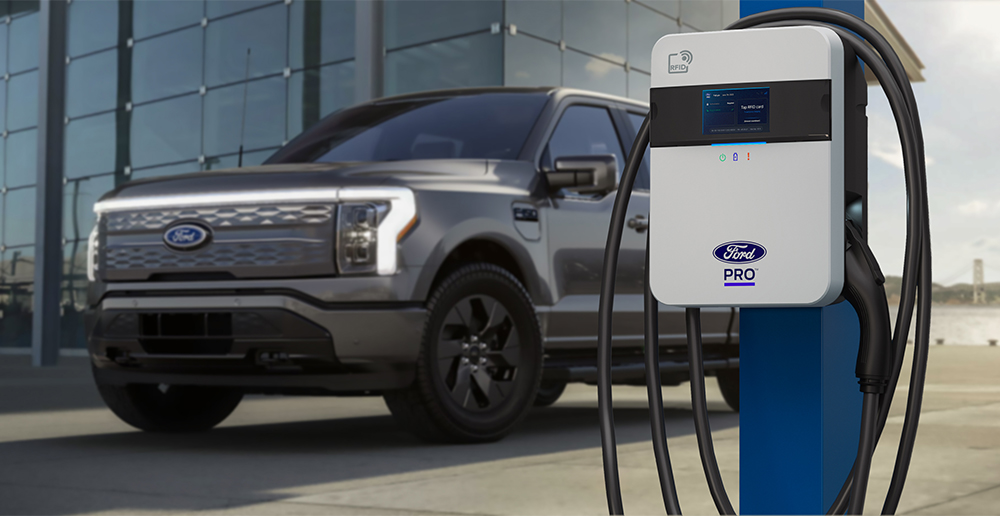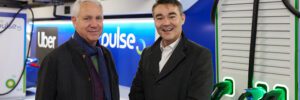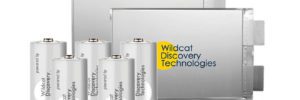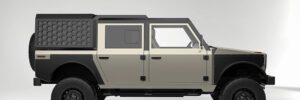Automotive adhesives maker Henkel has developed a new material for silicone liquid gasketing for automotive electronic components.
Loctite SI 5972FC is a one-part RTV silicone form-in-place-gasket (FIPG) solution that expedites electronic module sealing. The liquid silicone material adheres to metal and plastic surfaces and is designed to pass OEM leak or blow-out pressure tests immediately after assembly, reducing the need for time- and space-intensive staging.
The material’s non-corrosive outgassing and low volatility (D4-D10<0.1%) make it suitable for sensitive electronic components, electronic control units (ECUs), bussed electric centers (BECs), battery disconnect units (BDUs), electrical power steering (EPS) power packs and ADAS radar components. Its tin-free catalyst and alkoxy curing system make this one-component dispensable silicone material REACH-compliant for electronics sealing.
“Today, it is vital to fully understand the impact of materials used in a component—whether this relates to the impact on manufacturing efficiency or the risks to human or environmental safety,” said Arthur C. Ackerman, Business Development Manager Automotive Electronics at Henkel. “Loctite SI 5972FC has been created to help manufacturers address this spectrum of challenges.”
Source: Henkel
Source: Electric Vehicles Magazine


